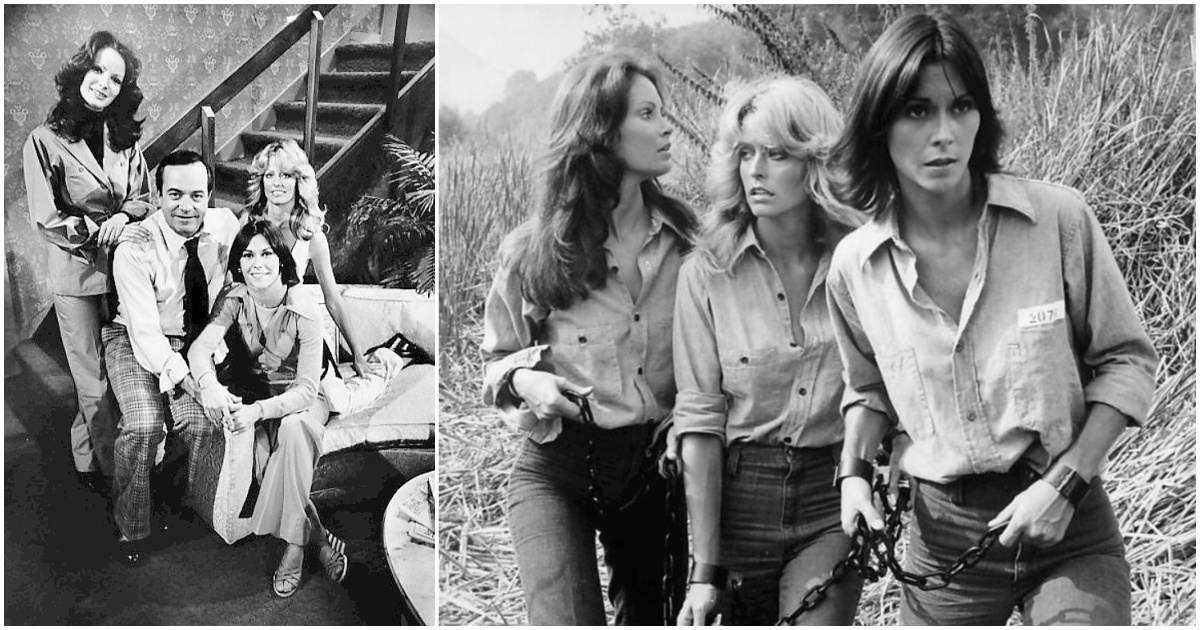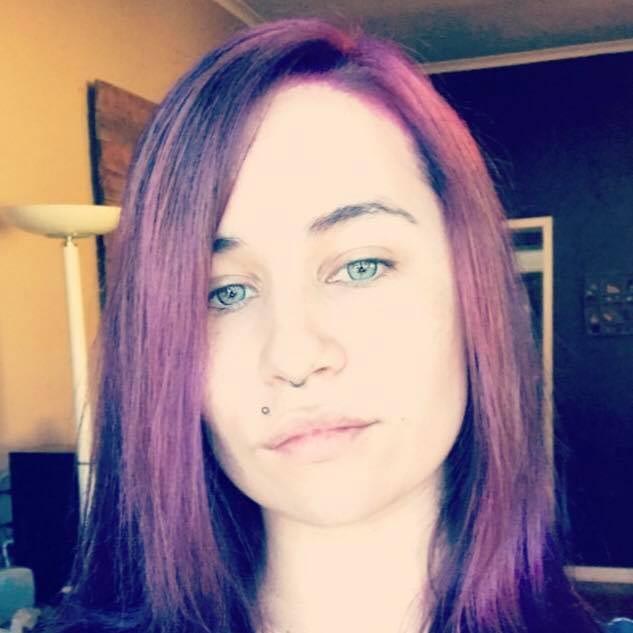In 1976, television took a daring leap with Charlie’s Angels, a show that placed three women at the heart of high-stakes crime solving. Created by Ivan Goff and Ben Roberts, the series shattered norms by showcasing women as glamorous yet highly capable private detectives. The trio worked for a mysterious man named Charlie Townsend, who gave them their assignments via speakerphone. What seemed like a campy, escapist detective show on the surface quickly became a cultural touchstone that helped redefine female roles in media.
With Farrah Fawcett as Jill Munroe, Kate Jackson as Sabrina Duncan, and Jaclyn Smith as Kelly Garrett, the original cast struck an instant chord with audiences. Not only were these women solving crimes, they were doing it in heels, stylish jumpsuits, and perfectly feathered hair. But beneath the glitz was a radical statement. Women could be the stars of an action series and command the same attention and respect as their male counterparts.
Fashion Meets Function

From the start, Charlie’s Angels was as much a fashion statement as it was a crime drama. Each episode featured the Angels in a rotating lineup of trendy and sometimes outrageous outfits, capturing the essence of 1970s style. Farrah Fawcett’s famous red swimsuit poster alone became an iconic image of the decade. The fashion was not just aesthetic filler, it played into the show’s broader message that women could be powerful without compromising femininity.
Viewers were mesmerized by the Angels’ confident blend of beauty, style, and skill. The show’s wardrobe choices influenced women’s fashion off-screen, from wide-legged trousers to silk blouses and bold accessories. Costume designer Nolan Miller, who later worked on Dynasty, played a major role in shaping this glamorous image.
Evolving Cast, Consistent Impact
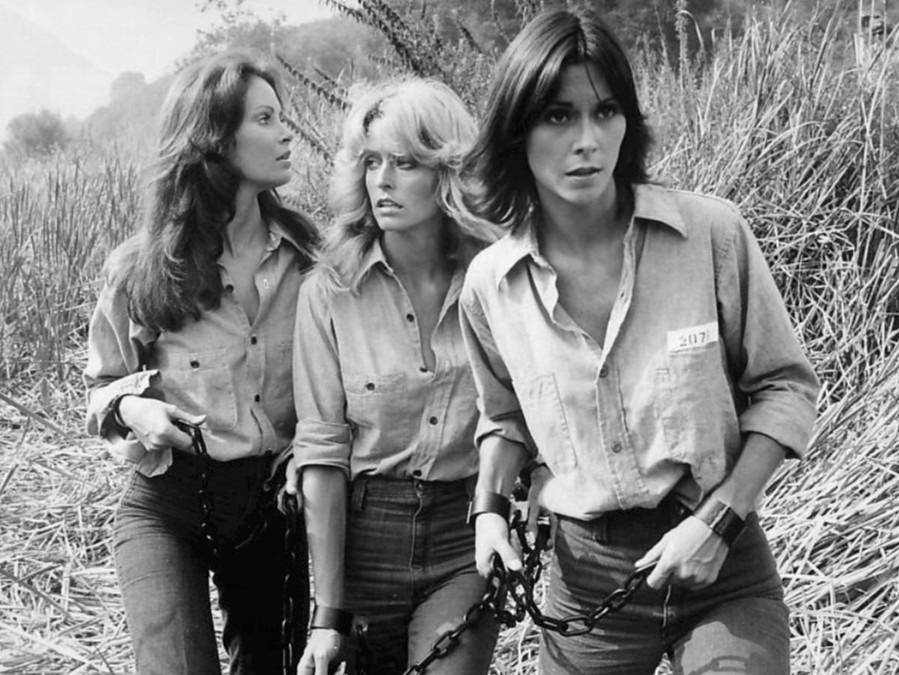
As with many long-running shows, Charlie’s Angels experienced a number of casting changes. Farrah Fawcett left after the first season due to contract disputes and was replaced by Cheryl Ladd, who played Jill’s younger sister Kris Munroe. This transition was surprisingly smooth and even helped the show sustain its popularity.
Kate Jackson exited in season three, and Shelley Hack stepped in as Tiffany Welles. However, Hack’s character failed to gain traction with audiences and was replaced by Tanya Roberts as Julie Rogers in the fifth and final season. Throughout all these changes, Jaclyn Smith remained the anchor of the series, playing Kelly Garrett from the first episode to the last. These casting shifts brought a sense of variety and allowed the show to adapt to the times. Even if the constant rotation may have contributed to its eventual decline.
A Dip in Ratings and the End of an Era

At its peak, Charlie’s Angels was a top ten show, especially during its first two seasons. But by the early 1980s, ratings began to slip. Critics pointed to the show’s growing emphasis on glamour over substance. Episodes increasingly relied on revealing outfits and soap-opera-style plots rather than the clever detective work that had originally attracted fans. Despite the downturn, the show concluded with dignity in 1981. The final episode, Let Our Angel Live, marked the end of a television era but left behind a lasting legacy.
Read More: After Embracing a Natural Look, Pamela Anderson Wowed with Retro 90s Glam
Hollywood Reboots the Angels
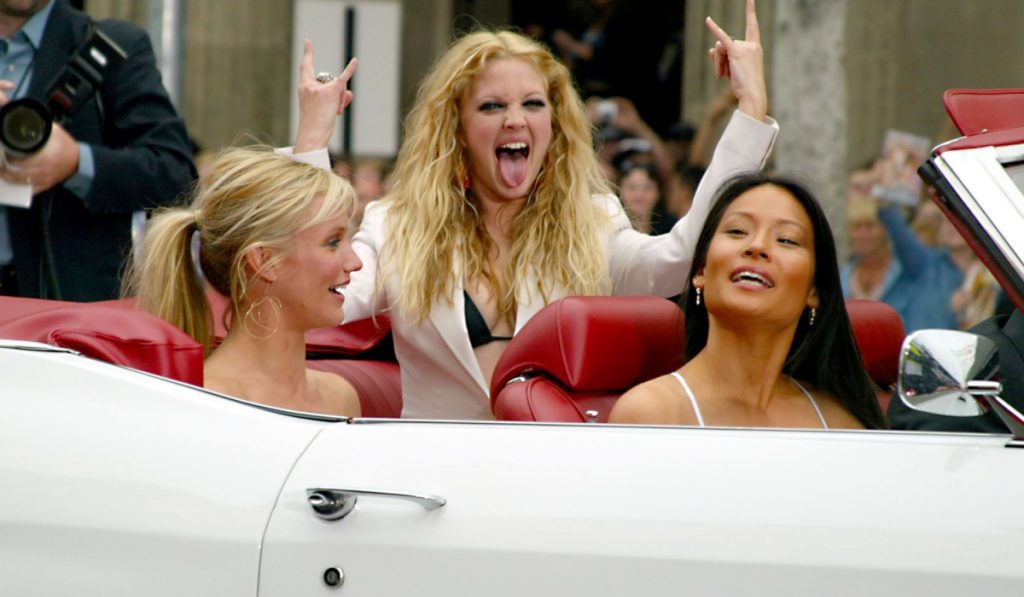
After years of syndication and cult popularity, Charlie’s Angels got a second life on the big screen. In 2000, a blockbuster film adaptation starring Cameron Diaz, Drew Barrymore, and Lucy Liu brought the Angels into the new millennium. The film embraced the original’s campy charm but updated the action with high-tech gadgets and modern choreography. This cinematic reboot was a commercial success and spawned a sequel, Charlie’s Angels: Full Throttle in 2003. With diverse casting and more intense action, the movies successfully reintroduced the Angels to a younger generation.
In 2011, a TV reboot attempted to recapture the original’s appeal but was canceled after just seven episodes due to poor ratings and lackluster reviews. Then in 2019, a new film directed by Elizabeth Banks starred Kristen Stewart, Naomi Scott, and Ella Balinska. Despite its efforts to modernize the franchise and include a more global team of Angels, the film struggled at the box office and failed to achieve the same cultural impact as earlier iterations.
Paving the Way for Female-Led Action

More than just a stylish crime drama, Charlie’s Angels was a pioneer in showcasing female empowerment on television. The show influenced countless future productions, from Cagney & Lacey to Buffy the Vampire Slayer and Killing Eve. It proved that audiences would tune in for women leading the charge. Especially when given the same depth, agency, and charisma historically reserved for men.
Beyond entertainment, Charlie’s Angels inspired many young women to consider careers in law enforcement, intelligence, and other traditionally male-dominated fields. Its blend of grit and glam sent a powerful message. Women could be anything they wanted to be, and they could do it all in heels if they felt like it.
Conclusion: More Than Just Pretty Faces
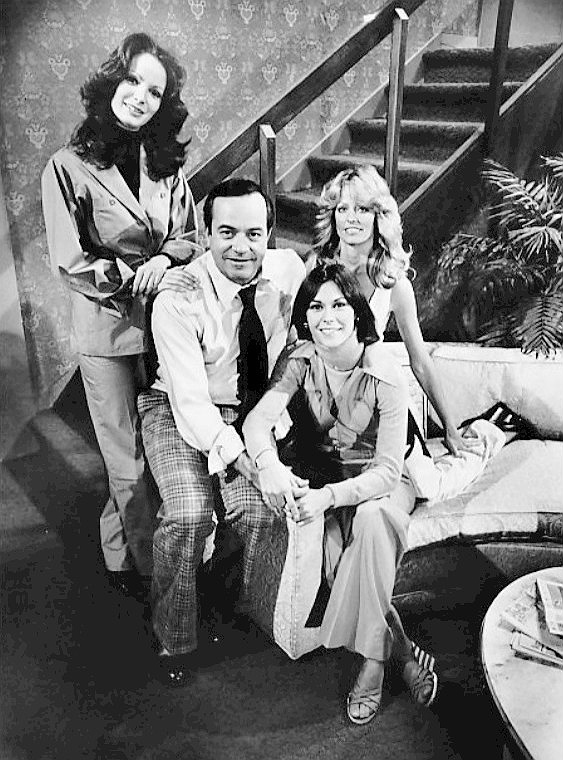
Charlie’s Angels may have started as what critics called “jiggle TV,” but it quickly transcended those labels to become a lasting symbol of girl power. It showed that intelligence, courage, and compassion are not gendered traits, and that female leads could headline successful action series.
Its legacy lives on in every female-led drama, action movie, and detective show that followed. And while each reboot may rise or fall, the original Angels continue to shine as trailblazers who helped rewrite the rules of television.
Editor’s Note: Lead Image Credit: Public Domain | Wikimedia
Read More: Timeless Stars: A Tribute To Celebs That Stole Our Hearts
